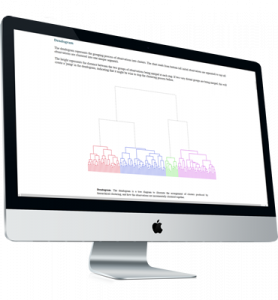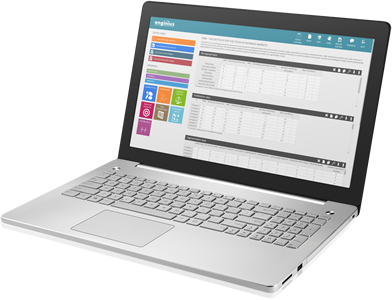
Lifetime value
Get answers for the most frequently asked questions about the Enginius lifetime value module. For a quick overview, we suggest you check the introductory video first.
Lifetime value in a nutshell

In marketing, customer lifetime value is a prediction of the net profit that can be expected over the entire future relationship with a customer. If that value can be computed for each and every customer in a customer portfolio, than the overall value of that portfolio can be estimated as well.
In Enginius, the lifetime value model is based on a Markov process, where customers switch between segments over time with known probabilities, and each segment is associated with an average level of revenue per customer.
Customer lifetime value is an important concept in that it encourages firms to shift their focus from quarterly profits to the long-term health of their customer relationships.

Download the tutorial

To download the Enginius tutorial in pdf format: (1) Follow the link below. It will open an example data set, then (2) Click on the link in the upper-left corner of the screen.
Frequently asked questions
An absorbing state is a segment that is associated with a 100% self-transition probability.
In other words, if a customer reaches that segment in his or her lifetime, he or she is predicted to remain in that segment, forever.
An absorbing state is characterized by a transition probability of 100% to itself, and of 0% to all other segments.
It is usually a good idea to have a “lost segment” encoded in the transition matrix as an absorbing state. It will mimic the fact that, eventually, each and every customer will “die”.
The discount rate specifies the rate at which future cash flow should be discounted. It represents the fact that a earned dollar tomorrow is actually worth less to a company than the same dollar earned today.
The discount rate is obviously linked to the rate of inflation, or the cost of capital, depending on the context, but not only!
For instance, in a business environment that is highly uncertain, and where the future is hard to predict, discount rates should be set at higher levels to reflect that uncertainty. As an example, a company specialized in the development of mobile apps should apply a much higher discount factor than a company selling steel in a regulated market, even though they might be exposed to the same rate of inflation.
Future revenues did not go anywhere. Revenue predictions are the same, regardless of the discount rate applied.
A higher discount rate, however, implies that future revenues are more heavily discounted. In other words, the model will predict the same cash flows, but these cash flows predicted in the future will be worth less to you today with a high discount rate than with a small one.




